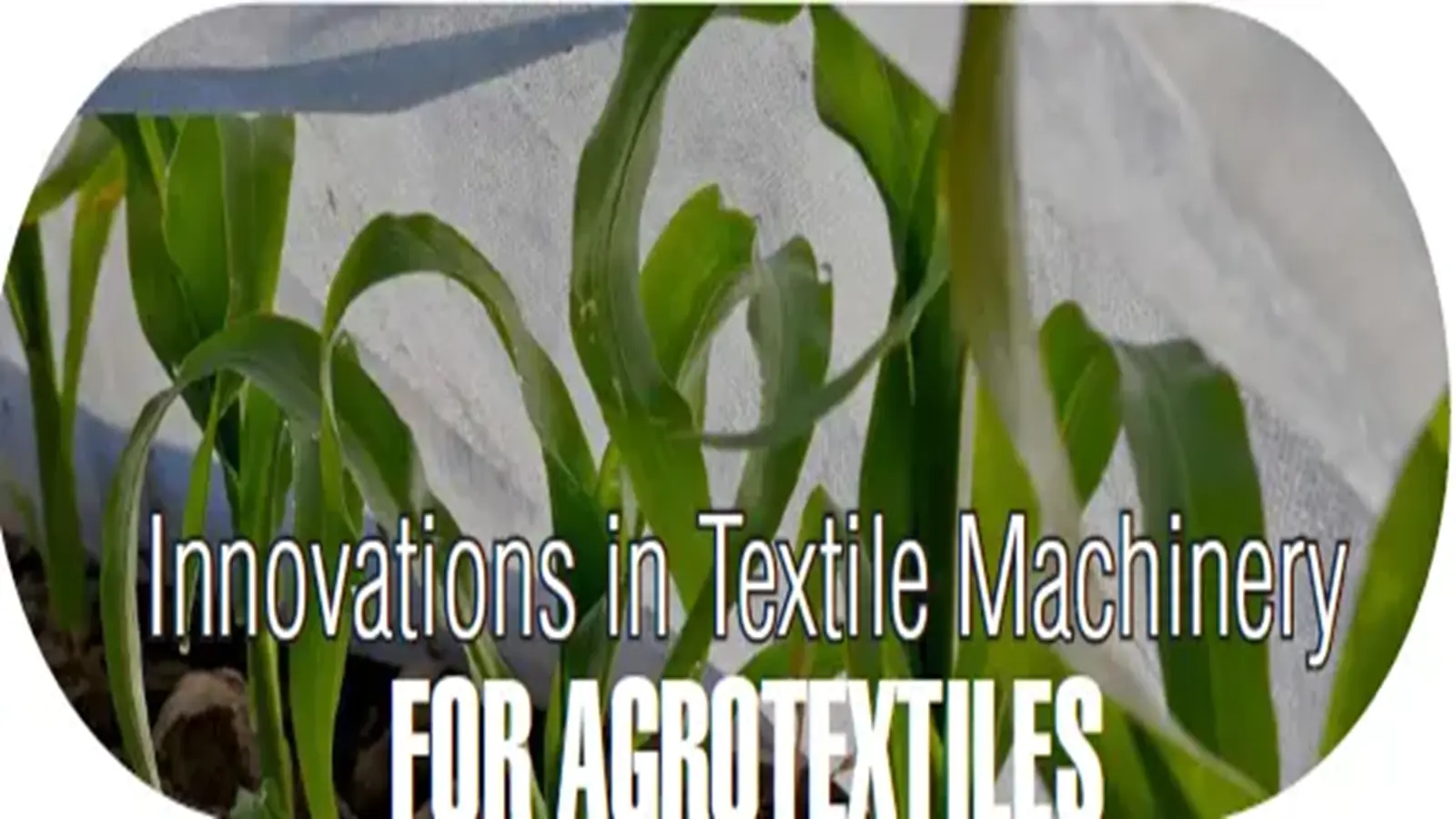A Versatile Fabric for Infrastructure Projects
Share Post
Non-Woven Geotextiles: A Versatile Fabric for Civil Engineering Projects
Non-woven geotextiles are a type of geosynthetic material, a marvel of modern engineering, silently contributing to the permeability, strength and longevity of civil infrastructure projects. These versatile fabrics, unlike their woven counterparts, are not created by interlacing threads, but are manufactured from synthetic fibers like polypropylene or polyester and bonded together through mechanical or thermal processes. Non-woven geotextiles are formed by bonding fibers together through heat, needle-punching, or chemical adhesives. Unlike woven textiles, non-wovens lack a distinct weave pattern and apply unique technology to transform raw materials into a robust and functional barrier resulting in a random arrangement of fibers that offers unique properties for construction projects.
Usage and Applications
Non-woven geotextiles perform a variety of functions in civil engineering, including:
- Separation: Keeping Different Layers in Place
One of the primary functions of non-woven geotextiles is separation. They act as a barrier between dissimilar soil layers, preventing them from mixing and compromising the structural integrity of structures of roads, railways, and embankments. They prevent the intermixing of different soil layers, which can compromise the stability of a structure. Here are some key applications in separation:
- Road Construction: Non-woven geotextiles separate the subgrade (underlying soil) from the aggregate base layer in road construction. This prevents fine soil particles from migrating upwards, weakening the base and reducing its lifespan
- Railroad Tracks: Similar to roads, geotextiles separate the ballast (crushed rock) from the subgrade rocks in railroad tracks. This prevents track settlement and ensures smooth operation of trains.
- Landscaping and Green Roofs: Non-woven geotextiles separate drainage layers from topsoil in landscaping projects. This prevents clogging of drainage systems by soil particles and promotes healthy plant growth. They also play a crucial role in green roofs, separating the waterproofing layer from the growing medium.
The effectiveness of non-woven geotextiles in separation relies primarily on their permeability. They allow water to pass through while effectively filtering out soil particles. This prevents water buildup within the separated layers, which could lead to structural problems.
- Drainage: Keeping Water Flowing Freely
Non-woven geotextiles excel at facilitating drainage while retaining soil particles. Their permeable nature allows water to pass through while preventing the finer soil particles from clogging drainage channels ensuring efficient drainage in applications like landscaping and foundation drainage systems. The porous nature of non-wovens facilitates the flow of water within the soil, preventing the buildup of hydrostatic pressure and potential structural failures.This is crucial in various applications:
- French Drains: These trench drains utilize non-woven geotextiles to collect and channel excess water away from foundations and other structures. The geotextile allows water to enter the drain while preventing soil from clogging the system.
- Slopes and Retaining Walls: Non-woven geotextiles placed behind retaining walls allow water to drain freely from the soil behind the wall, preventing hydrostatic pressure buildup and potential wall failure.
- Landfills and Environmental Applications: Non-woven geotextiles are used as drainage layers in landfills, allowing leachate (liquid waste) to flow to collection systems, preventing environmental contamination.
- Filtration: Allowing Water, Blocking Soil
Non-woven geotextiles can act as filters, allowing water to pass through while retaining soil particles. Geotextiles allow water to pass through while retaining soil particles. This is crucial for drainage applications, such as behind retaining walls or beneath foundations, where water needs to be directed away from the structure without soil erosion. This is crucial for riverbanks, slopes, and shorelines. This selective permeability is beneficial in several applications:
- Shores and Riverbanks: Geotextiles placed beneath riprap (large stones) used for shoreline and riverbank protection allow water to infiltrate the soil, reducing wave and current erosion. They also prevent the loss of fine soil particles behind the riprap, maintaining its stability.
- Subsurface Drainage Systems: Non-woven geotextiles are wrapped around perforated pipes used in subsurface drainage systems. This allows water to enter the pipes while preventing soil particles from clogging them, ensuring efficient drainage.
- Erosion Control Blankets: These blankets incorporate non-woven geotextiles to hold seeds and soil in place on slopes, preventing erosion until vegetation establishes itself.
The filtration properties of non-woven geotextiles depend on the fabric's pore size. The pore size is chosen based on the specific application to ensure efficient water flow while retaining the desired soil particles.
- Reinforcement: Adding Strength and Stability
Non-woven geotextiles can contribute to the overall strength and stability of structures by reinforcing soil and preventing its movement. In certain applications, non-wovens can provide additional reinforcement to soil structures, enhancing their tensile strength and stability. Geotextiles can reinforce soil by distributing loads more evenly, improving stability in areas like retaining walls and embankments.Here are some examples:
- Embankments and Slopes: Geotextiles placed within the soil on embankments and slopes help distribute loads and improve soil stability, reducing the risk of landslides.
- Pavement Reinforcement: Non-woven geotextiles are used to reinforce weak subgrades in pavement construction. They spread loads more evenly, preventing cracking and extending pavement life.
- Underground Utilities: Geotextiles can be used to encase underground pipes and cables, providing additional strength and protection from surrounding soil pressure.
- Mechanical Reinforcement: The geotextile acts as a planar element within the soil mass, helping to distribute loads more evenly and reducing stress concentrations within the soil. This is particularly beneficial in applications like:
- Steep Slope Stabilization: Non-woven geotextiles placed on slopes help to reinforce the soil and prevent erosion. They also help to distribute the weight of the slope material, reducing the risk of landslides.
- Embankment Reinforcement: Geotextiles can be used to reinforce embankments, which are raised sections of land used for roads or other infrastructure projects. This reinforcement improves the embankment's stability and allows it to support heavier loads.
- Basal Friction Enhancement: The geotextile's surface texture increases the friction between soil particles, improving the overall shear strength of the soil mass. This enhanced strength allows the soil to better resist deformation and support higher loads.
The effectiveness of non-woven geotextiles in reinforcement depends on their tensile strength and puncture resistance. These properties determine the geotextile's ability to distribute loads and withstand the stresses placed upon it within the soil mass.
- Erosion Control: Protecting Soil from Wind and Water Forces
Non-woven geotextiles are a valuable tool for erosion control, protecting soil from the damaging effects of wind and water:
- Slope Stabilization: As mentioned earlier, geotextiles on slopes help to reinforce the soil and prevent erosion by wind and water runoff. The fabric acts as a barrier, absorbing the initial impact of raindrops and wind gusts, reducing soil displacement.
- Channel Linings: Non-woven geotextiles can line channels, canals, and waterways. This lining protects the underlying soil from erosion caused by water flow and helps to maintain the channel's shape and stability.
- Shoreline Protection: Geotextiles can be used in conjunction with other coastal protection measures, such as riprap (large stones), to reduce wave erosion on shorelines.
- Other Applications: Beyond the Basics
Non-woven geotextiles have applications beyond the core functions mentioned above. Here are a few additional noteworthy uses:
- Geomembrane Protection: Non-woven geotextiles placed beneath geomembranes (impermeable liners) used in landfills and ponds cushion the membrane and protect it from puncture by rocks or sharp objects.
- Landfill Gas Venting: Geotextiles can be used as part of landfill gas venting systems, allowing gas to flow freely while filtering dust and soil particles.
- Environmental Restoration: Biodegradable non-woven geotextiles can be used in erosion control blankets and other applications in environmentally sensitive areas.
- Protection: They act as a protective layer for geomembranes used in landfills and environmental containment applications.
Specialties: What Makes Non-Woven Geotextiles Stand Out?
- High Permeability: They allow water to pass through efficiently, preventing excessive build-up and potential damage.
- Excellent Filtration: The fabric traps soil particles while allowing water to flow freely, crucial for erosion control.
- Superior Strength: Despite their lightweight nature, non-woven geotextiles offer remarkable tensile strength and puncture resistance.
- Durability: They are resistant to UV rays, chemicals, and biological degradation, ensuring long-lasting performance.
- Cost-Effective: Compared to traditional construction methods, non-woven geotextiles offer a cost-effective solution for various applications
Specifications: Choosing the Right Geotextile
Non-woven geotextiles, though unseen by the naked eye in many applications, play a vital role in ensuring the stability and longevity of our civil infrastructure. Their versatility, strength, and cost-effectiveness make them a valuable asset for the construction industry.Non-woven geotextiles come in a variety of specifications to suit different applications. The specific properties required for a project will depend on the application and the design requirements.These key specifications include:
- Weight: Measured in grams / square meter, weight indicates the fabric's thickness and strength.
- Permeability: This refers to the rate at which water can flow through the geotextile.
- Tensile Strength: This measures the fabric's resistance to pulling forces.
- Puncture Resistance: This indicates the fabric's ability to withstand punctures from sharp objects.
- Puncture Resistance: This determines the fabric's ability to withstand punctures from sharp objects like stones.
- UV Resistance: This indicates the fabric's ability to withstand prolonged sunlight exposure without degradation.
Technology: How Are Non-Woven Geotextiles Made?
Non-woven geotextiles are manufactured using synthetic fibers, typically polypropylene (PP), thermally bonded together through a needle-punching process. This process creates a strong, dimensionally stable fabric with interconnected pores for water permeability.The manufacturing process of non-woven geotextiles typically involves these steps:
- Raw Material Selection: Polypropylene (PP) is the most common material due to its strength, durability, and cost-effectiveness.
- Fiber Production: Polymers are melted and extruded to form long, continuous fibers.
- Web Formation: The fibers are laid down in a random fashion to create a web-like structure.
- Bonding: Needle-punching technology mechanically bonds the fibers together, creating a strong and stable fabric.
- Finishing: The fabric may undergo finishing treatments to enhance specific properties like UV resistance.
Raw Materials: Building Blocks of a Versatile Fabric
As mentioned earlier, polypropylene (PP) is the most widely used raw material for non-woven geotextiles due to its following characteristics.
- Strength: PP offers excellent tensile strength and puncture resistance, making it ideal for demanding applications.
- Durability: It is resistant to UV rays, chemicals, and biological degradation, ensuring a long lifespan.
- Cost-Effective: PP is a relatively inexpensive material, making non-woven geotextiles an affordable solution.
Non-woven geotextiles offer a cost-effective and versatile solution for various civil engineering applications. Their ability to perform separation, filtration, drainage, erosion control, and reinforcement functions makes them a valuable tool for enhancing the stability and longevity of construction projects.Non-woven geotextiles are a vital yet often unseen component of modern construction. Their versatility, functionality, ease of installation and cost-effectiveness make them a valuable asset for a wide range of applications, ensuring the longevity and stability of our built environment. From ensuring stable roads and slopes to protecting the environment, non-woven geotextiles play a crucial role in building a strong and sustainable growth.
03:59 PM, Aug 16
Other Related Topics






.webp)



















1.jpg)
1.jpg)



